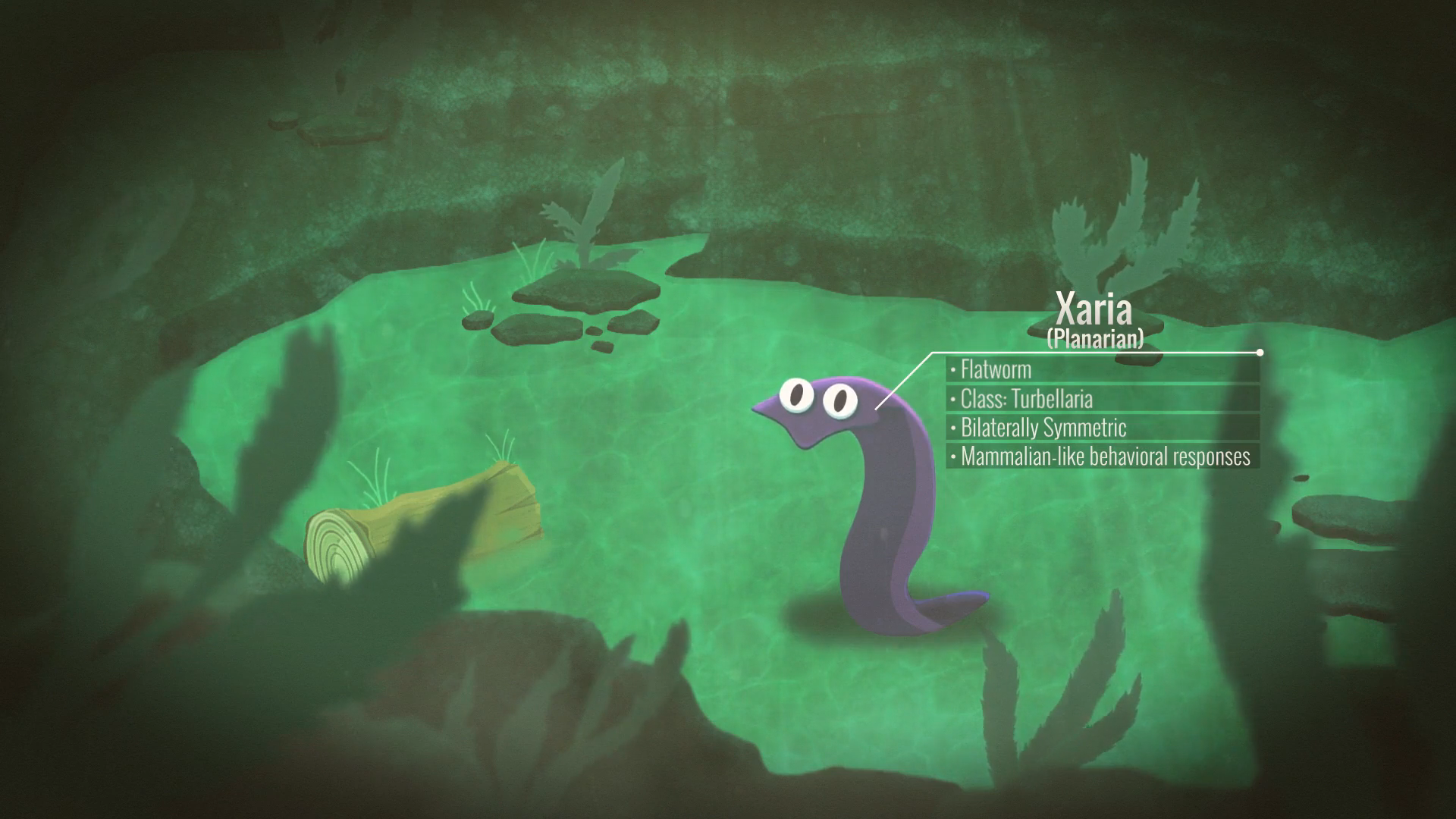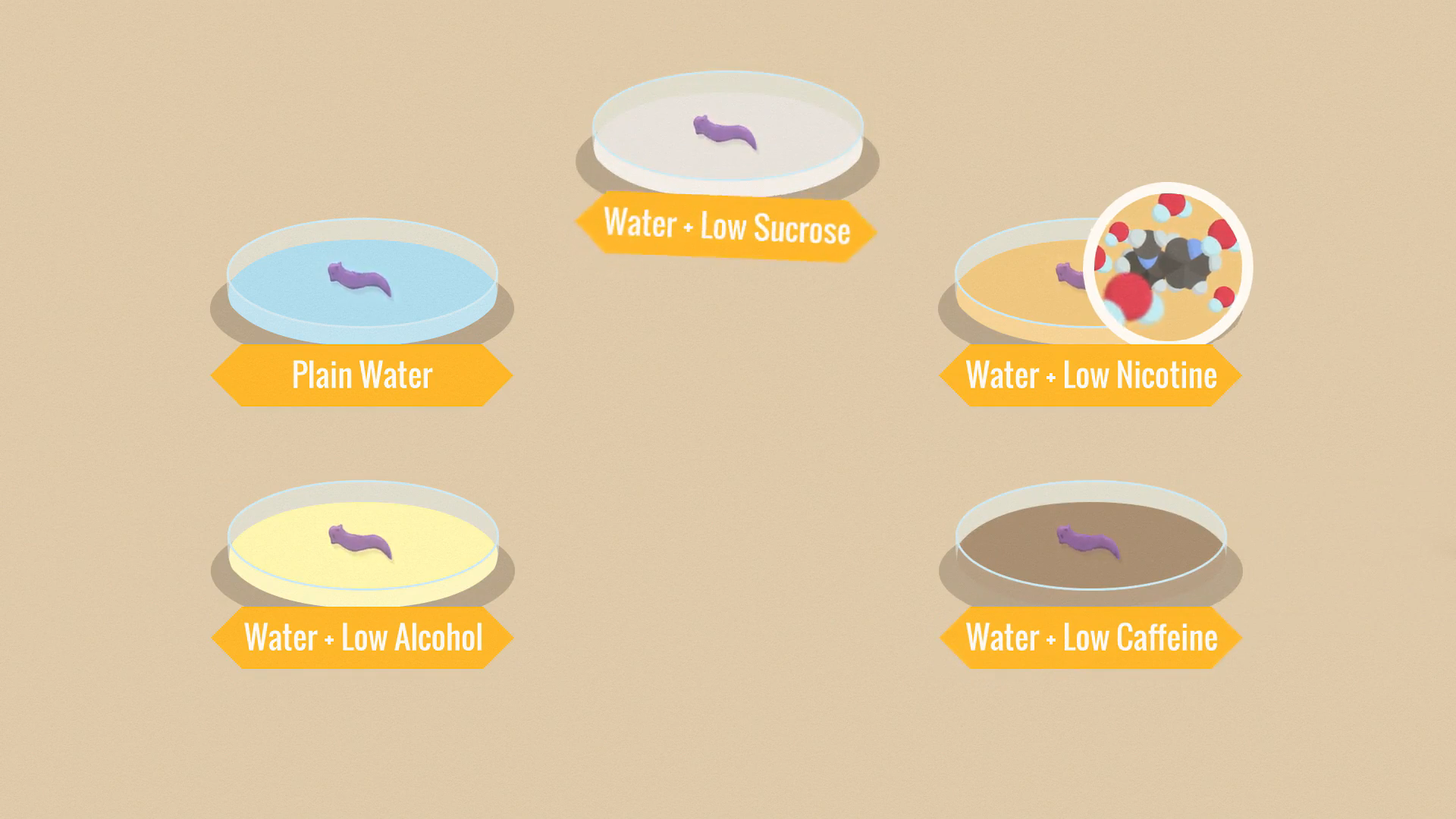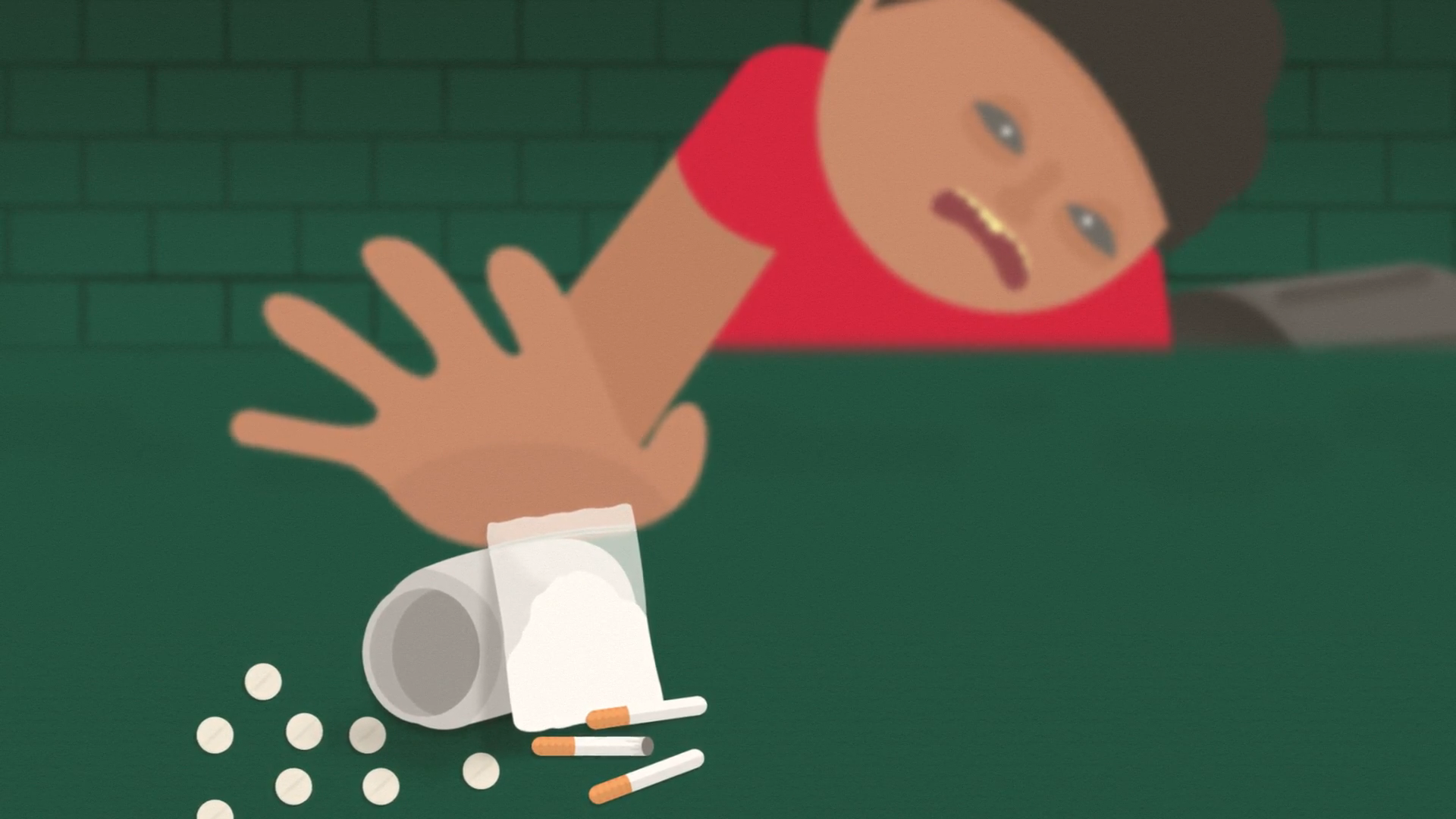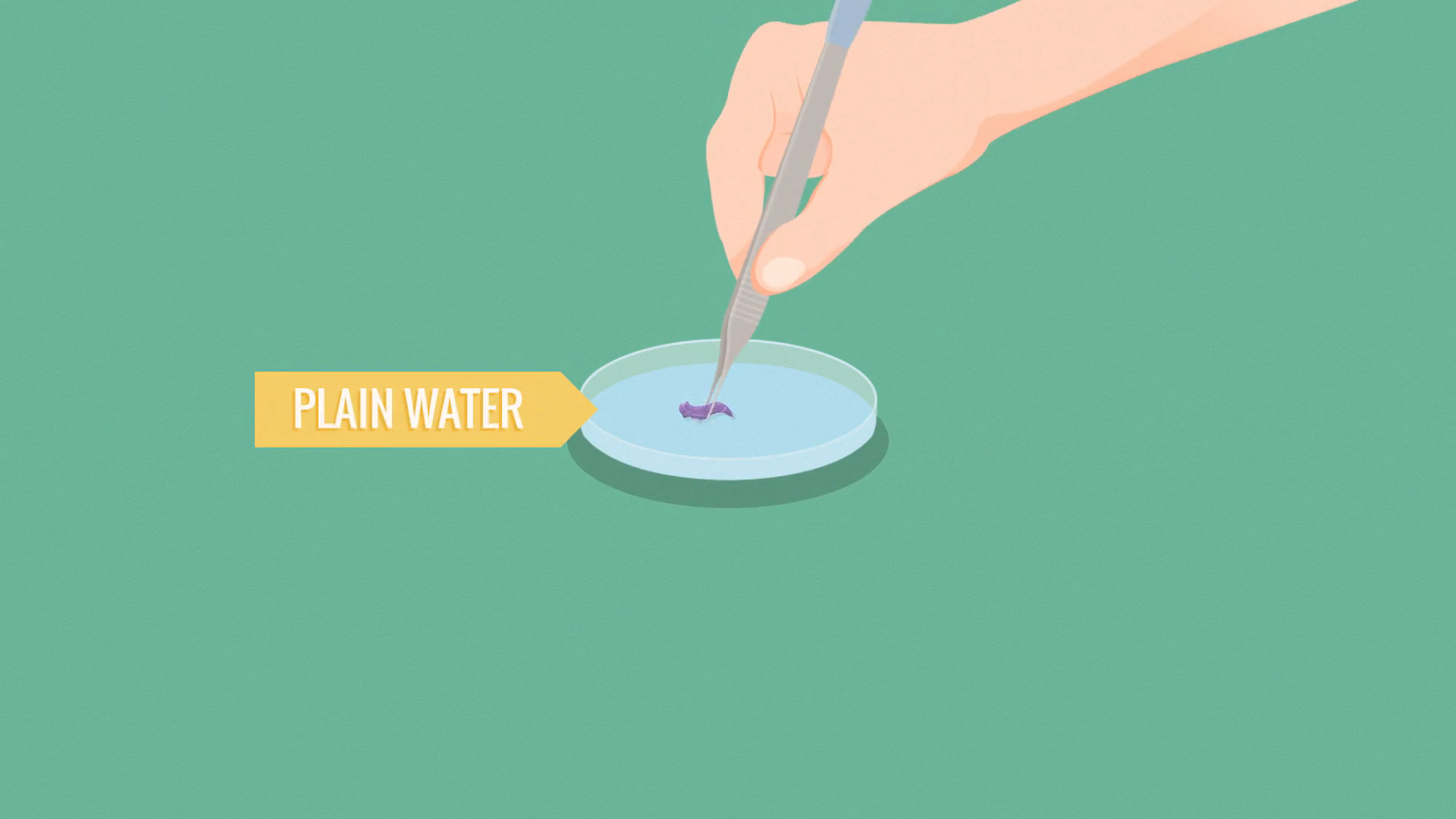What is SEADAP?
SEADAP (Science Education Against Drug Abuse Partnership) is a new educational program funded by a $1M grant from the National Institute on Drug Abuse, using planarians—simple aquatic flatworms—to teach students in grades 6-12 about the science of addiction, fostering hands-on inquiry-based learning and raising awareness about the dangers and societal impacts of commonly abused substances.
Project Overview
I partnered with SEADAP, an educational program, to teach students in grades 6-12 how commonly abused substances (e.g., caffeine, sugar, alcohol, nicotine) affect the brain and contribute to addiction. SEADAP was founded on published research at Temple University demonstrating that aquatic flatworms called planarians demonstrate addictive-like behaviors to substances such as alcohol, nicotine, caffeine and sugar contained in products (e.g., energy drinks such as Red Bull, coffee, frappuccinos, cigarettes, beer, liquor) that children and adolescents can encounter in their everyday lives.
CLIENT
Lewis Katz School of Medicine | Center for Substance Abuse Research
DELIVERABLE
8 animated videos ranging from 1-3 minutes
TOOLS
Photoshop, illustrator, After Effects, Media Encoder, and Audacity
IMPACT
SEADAP has educated over 10,000 students and equipped 250+ teachers with animated videos and hands-on experiments using planarians, to simplify the science of addiction and replace outdated drug education methods. The program fosters critical thinking, raises awareness of the societal costs of drug abuse, and inspires students to explore careers in science and medicine.








VIDEO EXAMPLE: LESSON 1
Stereotypy
VIDEO EXAMPLE: LESSON 4



